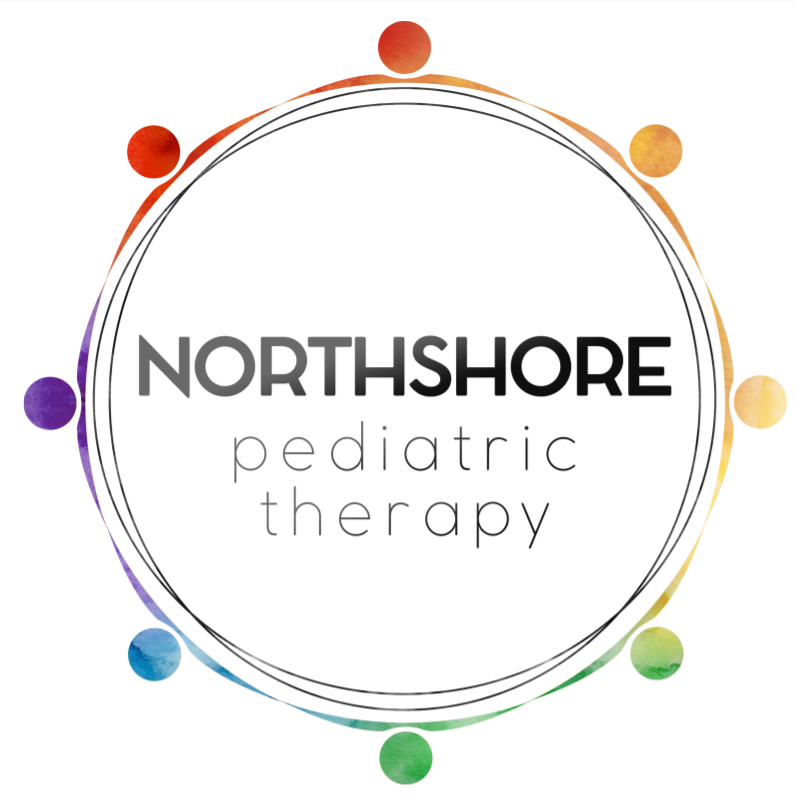An Important Point
Written by Montana Gregory, MA, CCC-SLP
Pointing is an early communication milestone. Sometimes babies, toddles, and children have challenges learning how to point. In this blog post we will discuss why pointing is important and ways to encourage your child to point using their index finger.
Why is pointing important?
Pointing promotes joint attention (e.g., when two people attend to the same object, person, or event). This helps promote social interactions and social communication. When a baby or toddler points they are communicating! They may be requesting an object, obtaining or directing a person’s attention, or communicating a message. If your child is pointing they are asking to engage in a communication exchange. Pointing is an important early communication milestone as it promotes language learning. For example, if you see your child pointing at an object far away you can respond “Oh, I see you want the ball. Here is the ball. Red ball. Let’s roll the ball.” Your child learned the name of the object and heard it several times simply by using a small gesture. When your child points at something, it shows they are interested and children learn most when they are interested!
If your child is not pointing yet, don’t fret! There are ways to encourage your child to communicate using their index finger.
What does pointing look like?
Typically, children start pointing around their first birthday. At first, your child may point using their entire hand but children will start using their index fingers to point shortly after. If your child is not pointing yet, don’t fret! There are ways to encourage your child to communicate using their index finger.
First order of business is to model pointing throughout their day:
Blow bubbles and model popping them using your index fingers
Use your pointer finger to push and stretch play-doh
Point and label pictures while reading a book
Point to gain your child’s attention- “Look, I found the missing puzzle piece (points at puzzle piece).”
Point when giving direction- “Put your shoes in the bin (points at bin).”
Point to body parts during play or bathtime- “Eyes, nose, and mouth (parent points to their own eyes, nose, and mouth).”
If your child uses their whole hand to point/request:
Blow bubbles, model popping them using your index fingers and encourage them to do the same
Use your pointer finger to push and stretch play-doh and encourage your child to do the same
Try modeling an index finger point several times when they use their whole hand
Example- Child points using entire hand to food on the counter; parent stands in child’s line of vision, points to the food using index finger and says “You are asking for an apple.” Points again and says “Here is the apple.”
Try shaping the point by folding all fingers except their pointer finger. Provide positive verbal feedback for pointing.
Example- Child points using their entire hand to get their parent to look at a picture; parent shapes their child’s whole hand point into an index finger point and says “Wow, look at that picture. Good job pointing!”



